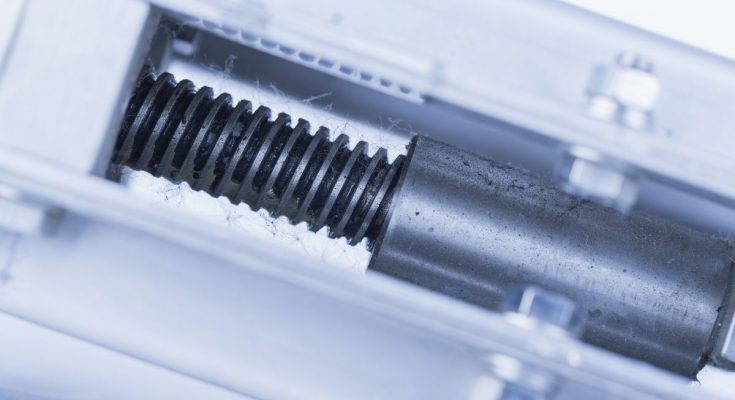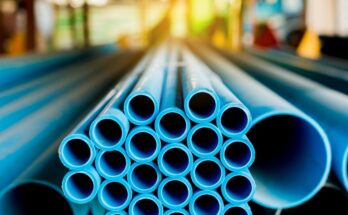Motion linear control systems require many parts to keep them running efficiently. Each part plays a role in the operation. When designing motion control operations, the application is considered when determining if a ball screw or lead screw is needed. In this brief overview, we’ll discuss the differences between the two and which applications require a ball screw or lead screw.
What Is a Ball Screw?
A ball screw is used for movement and control of a mechanism. The greatest difference between the lead screw and the ball screw is that a ball screw uses ball bearings to cut down on friction, giving them added positive abilities. Let’s look at the pros and cons of ball screws:
Pros
Ball screws require less torque and create little to no friction when in use. This cuts down on heat, which is better for the mechanism it’s used for. Their lifespan is excellent, as they don’t require frequent replacement. A ball screw is sometimes rebuilt rather than replaced, saving on cost. This is done in a few steps and is often the better option.
Ball screws are best suited for applications requiring high efficiency, prolonged use at fast speeds, smooth motion control, precision, and accuracy.
Cons
Ball screws are more expensive than lead screws because of their high-quality parts and ability to last. They’re noisy, require braking mechanisms, and aren’t well suited for vertical applications. Ball screws require regular maintenance to ensure they are properly lubricated when working.
What Is a Lead Screw?
A lead screw is also used for the movement and control of a mechanism. However, the lead screw doesn’t use ball bearings as the ball screw does. Let’s look at the pros and cons of the lead screw:
Pros
Lead screws are inexpensive and work well in vertical applications. They’re self-locking, which means there’s no braking system required. They often need no lubrication to run smoothly.
Cons
Although a lead screw is inexpensive, it also needs replacing more often than a ball screw. Because the lead screw runs with greater torque, they’re less efficient. They also create high friction, which in turn creates heat and wear and tear. They aren’t as well-suited for prolonged, high-speed use when compared to the ball screw.
The Applications
Now that we understand the pros and cons when determining if a ball screw or lead screw is needed, let’s discuss the different applications which are best suited for each. Here’s a list of common applications for ball screws:
- Lithography equipment
- Power steering systems
- Wind turbines
- Electric vehicles
- Aircraft
- Missiles
- Robots
- Machine tools
Whenever smooth, accurate, precise motion is required at prolonged high speeds, the ball screw is the right choice.
Next, let’s look at common applications for the lead screw:
The lead screw plays an integral role when precise, maintenance-free applications that run for shorter periods of time at slower speeds are at work.
Both lead screws and ball screws are excellent choices for motion linear control systems. Evaluate their applications, consider the pros and cons of each, and then make the decision.
Additional Resources:
Drones
Scooters
Robots



